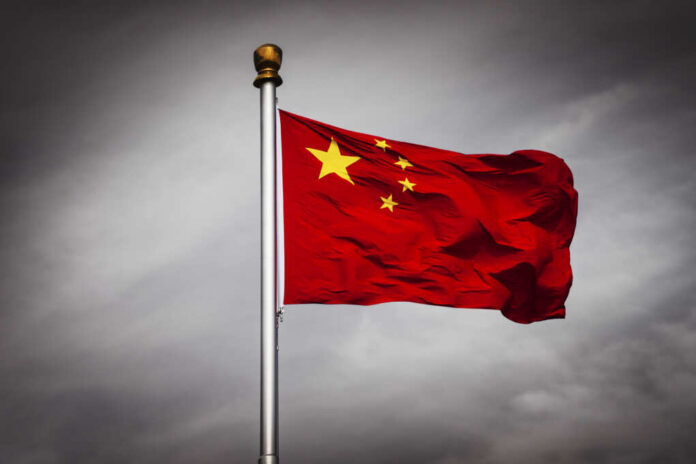
China’s export restrictions on rare earth magnets have disrupted global auto production, forcing manufacturers to consider costly workarounds and raising concerns over supply chain vulnerabilities.
At a Glance
- China’s April 2025 export controls on rare earth magnets have disrupted global auto production
- Automakers are considering relocating parts of their supply chains to China to bypass restrictions
- European and Indian auto plants face shutdowns due to magnet shortages
- The U.S. lacks sufficient domestic refining capacity for rare earth elements
- China controls approximately 90% of global rare earth magnet production
Supply Chain Disruptions
In April 2025, China imposed export controls on rare earth magnets, creating a bottleneck in the production of electric vehicles (EVs) and advanced automotive systems. These magnets, which rely on critical elements like dysprosium and terbium, are essential for EV motors and power steering systems.
Beijing’s licensing requirements have created significant delays, and manufacturers are now considering extreme measures—such as moving parts of their operations into China or shipping components there for final assembly—just to maintain production timelines.
Watch a report: Automakers Race to Find Workaround to China’s Stranglehold on Rare-Earth Magnets.
Global Impact
The ripple effects of China’s export restrictions have already been felt in Europe, where automotive suppliers have begun shutting down plants due to magnet shortages. Similarly, Indian automakers warn that production could halt entirely by mid-July if the situation persists.
In the U.S., the crisis has exposed a glaring vulnerability: MP Materials’ Mountain Pass mine, the country’s only major source of rare earths, cannot meet demand. With limited refining capacity stateside, the U.S. remains heavily dependent on Chinese exports despite growing efforts to decouple.
Strategic Responses
Automakers are exploring alternative strategies, including reverting to older motor designs that do not require rare earth magnets and simplifying vehicle features to reduce dependency. However, these are stopgap measures at best.
Governments are stepping in. The European Union has accelerated rare earth diversification efforts, while the U.S. is weighing incentives to boost domestic mining and processing.
Ultimately, the crisis has reignited debate about strategic resources and the wisdom of allowing one country to dominate the supply of materials critical to the future of transportation. For automakers, the magnet crunch is more than a logistical headache—it’s a geopolitical wake-up call.




















